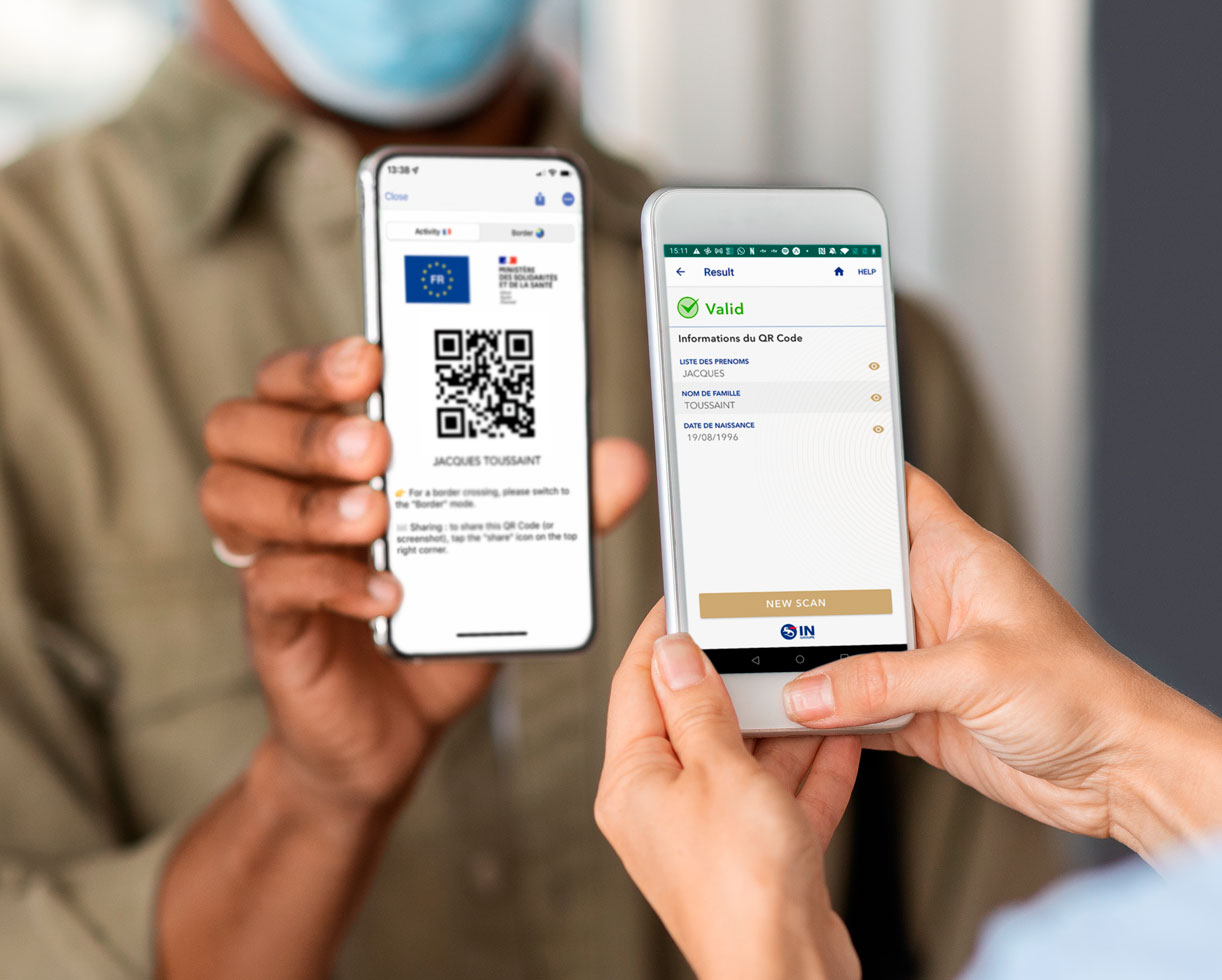
A verified website shows users and search you are a legitimate and trusted source of information. But with so many options for website verification, which methods are the fastest and most reliable? The fastest way to verify your website is through DNS verification. This method involves adding a DNS TXT record the verification service to your domain’s DNS records. The verification service checks for this special record to confirm you control the domain. DNS verification is incredibly fast, usually completed within a few minutes. As soon as you add the record, your site is verified. The only downside is access to edit your domain’s DNS records. If you use a web hosting service, they likely provide this access through your control panel. Self-hosted WordPress sites also allow updating DNS records.
To verify with Search Console, you add a Meta tag, DNS record, or HTML file to your site. 먹튀사이트검증 through the Search Console typically takes a few hours. So it’s faster than some methods but not as quick as DNS verification. The main appeal of Search Console is it’s free for all sites and provides added benefits beyond just verification. But it only confirms your site with Google itself. For broader verification, you need another service.
Webmaster tools verification
The major search engines each offer webmaster tools to verify your site. These verify your site through Meta tags or files similar to Google Search Console. Speed may vary slightly for each engine, but typically completes within a business day. Verifying with webmaster tools should be done in addition to Google Search Console. It confirms your site with additional search engines which are useful for improving indexing and traffic. The only downside needs separate verifications for each engine you want to confirm. When you request a cert, the CA validates you control the domain by requiring you to prove ownership through DNS records or other domain checks. SSL certificate validation typically takes about one business day. The main appeal of SSL verification is the added security encryption provides for your site visitors.
Social media verification
Many social networks provide profile verification. For example, Twitter’s blue verified badge and Facebook’s gray verified badge confirm an authentic brand profile. To get verified on social media, you must prove you represent the official brand with business documents and other identification. The verification process can take weeks or longer depending on the platform. Social verification establishes you as a legitimate brand profile. Just keep in mind each platform requires its verification process.
Site seal verification
There are many third-party website verification services like Norton Secured and McAfee SECURE. They analyze your website and if you pass their security requirements, provide a trust seal to display on your site. Verification involves adding their tracking code to your pages. After testing your site, they provide the seal or badge to showcase trust and safety. The verification process typically takes 1-2 weeks.
But they come at an added cost and require displaying their branding on your site. At a minimum, Google Search Console confirmation ensures Google can properly access and index your content. However, for personal sites and blogs, verification may not be a priority. The main downsides are lost search visibility, analytics data, and user trust. mSo which method should you choose? For most sites, a combination of Google Search Console, DNS verification, and SSL certificate provides fast and robust verification.







